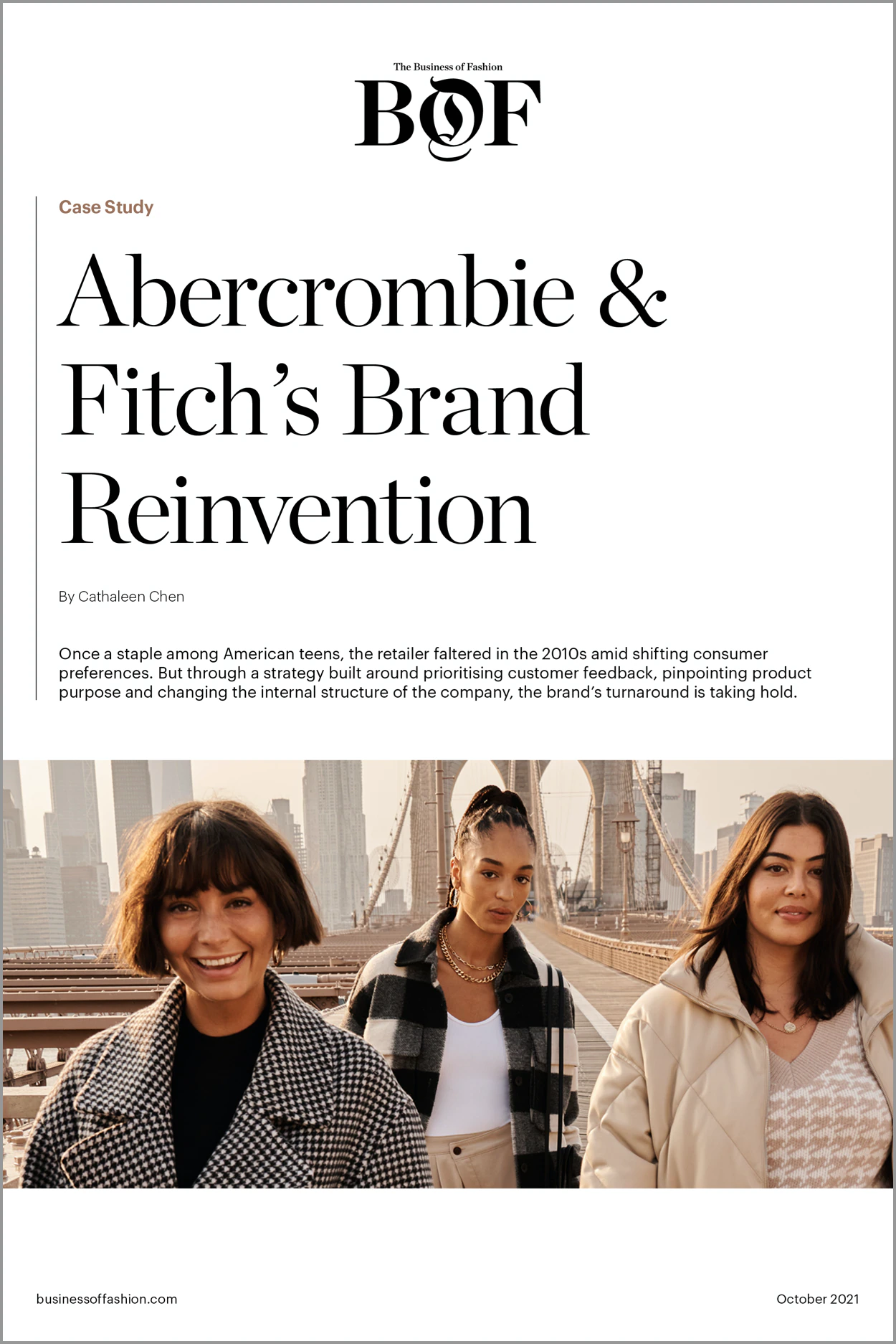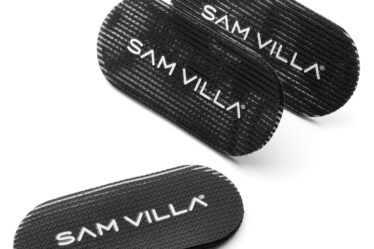
In 2016, Abercrombie & Fitch was the most-hated retailer in the US. That, at least, was the story numerous headlines conveyed that year after the American Customer Satisfaction Index ranked the retailer last in a survey measuring consumer happiness with brands. Internationally, too, the brand lost its appeal as sales slipped year after year.
There were good reasons why A&F had fallen out of favour with consumers. The company’s sexualised marketing seemed dated and offensive at a time when people began to celebrate body positivity. Young shoppers had also ditched logos and brand names for a more expressive personal style from fast-fashion newcomers. Once provocative, A&F’s shirtless models who stood outside the stores to promote the brand now came across as out of touch.
But by the time the damning survey came out, A&F was already one year into a sweeping turnaround plan. The company’s long-standing chief executive, Mike Jeffries, had left the company a few years earlier under a cloud of controversy, leaving a new executive team to forge ahead with a plan to resurrect the once-successful company. A&F discontinued its signature racy ads — the most recognisable of which were black-and-white images of chiselled men shot by Bruce Weber, whose alleged history of sexually abusing models exacerbated A&F’s problematic image — and set about overhauling the company, from its merchandising to internal culture.
Turning around the brand was a tall order, and one that would take several years to sway both consumers and industry insiders. To overhaul a brand with such dismal public relations and a diminishing customer base seemed near impossible. As one industry analyst recalls today: “We didn’t think they could do it.”
By 2021, Abercrombie & Fitch Co. — which owns the namesake label as well as Hollister, Abercrombie Kids and two smaller brands under the Hollister umbrella — was on the rebound. A recent earnings report trumpeted the group’s best second-quarter operating income and margin since 2008, with sales exceeding pre-pandemic levels.
In an industry that is now in a state of flux, other retailers are facing similar challenges to A&F, leaving many desperate to reinvent their tired brands. Abercrombie’s ongoing work provides evidence that it can be done. Among US retailers, J.Crew, Banana Republic and Express all unveiled fresh product campaigns in autumn 2021 in an attempt to renew their product assortment and battle years of sales decline.
Victoria’s Secret began its own turnaround in 2020, following in A&F’s footsteps in eradicating outdated racy marketing that glamourised unrealistic beauty standards for women. Companies outside the US are undertaking rebrandings, too. In the UK, for example, Asos is looking to update its recently acquired Topshop and Miss Selfridge brands, whose former-parent company Arcadia Group filed for bankruptcy in late 2020.
“For a long time, we thought [A&F’s] rebrand was impossible,” said Janine Stichter, retail analyst at investment bank Jefferies. “What they’ve achieved is really unique… A lot of it came down to having faith that they’re on the right path and giving it time.”
Under chief executive Fran Horowitz, who was appointed to the top position in 2017 after a stint as head of Hollister, the company has honed a strategy built around four pillars that fundamentally transformed how the company functions: making customer feedback the highest priority across teams; identifying a specific brand purpose to plan products and transform them into versatile, style-forward pieces with a reputation for quality; breaking down internal silos to improve collaboration and innovation; and adopting a marketing strategy that focuses on social media first.
Horowitz’s strategy has also included the sensible big moves one would expect from a new leader. She made a number of key hires and promotions to build a team that now includes Carey Krug, senior vice president of Abercrombie marketing; Corey Robinson, who leads merchandising and design; and global brands president Kristin Scott. Like many of its peers, the company also eliminated unprofitable stores and updated store formats. As of July 2021, A&F had 733 locations, a fleet that is around 30 percent smaller than 2012, when it boasted 1,100 stores.
This case study unpacks the pillars underpinning A&F’s strategy that can be tailored to the turnaround strategies of other companies, taking into consideration that a label that targets an older customer segment, for instance, will have different marketing methods from one that is intended for a Gen-Z clientele.
Every retailer, whether or not it is in need of a turnaround, wants to enhance its products and heighten customer perception. BoF explores just how Abercrombie brought these ambitions to life.
Click below to read the case study now.


